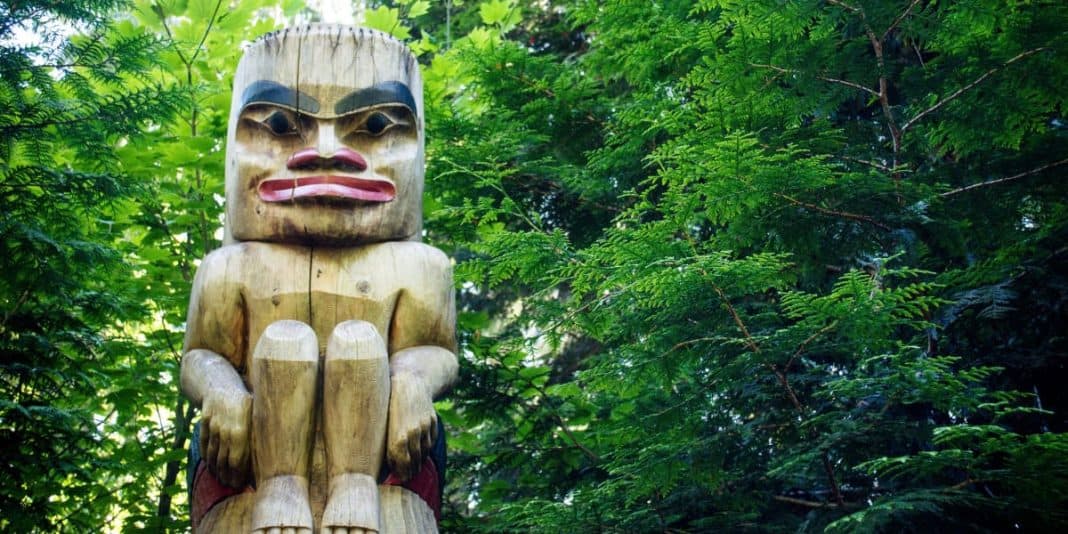Outdated property rules ghettoize reserve residents.
I am angry with myself and disappointed in Canadians.
On Sunday afternoon, while driving along the seaside near Victoria on Vancouver Island, I was enjoying the view and admiring the million-dollar homes when – without demarcation and for no apparent reason – I saw two large tracts of economically depressed land that jarred my sensibility.
Within moments, it became apparent: These were First Nations reserves. Why would these people choose to live in substandard conditions when they had clearly wealth? They appeared to “own” hectares of prime residential waterfront land.
Without reflection, I believe most Canadians reach the same conclusion as they view the 600-plus Aboriginal land reserves across Canada. But to draw such a conclusion would be wrong. The situation exists because we let it exist. WE have permitted this social injustice to thrive for almost 130 years.
The Indian Act segregates Indians from Canadian society and, since 1876, has prevented First Nations people from buying and selling their reserve lands. About 1.3 million Aboriginal people live in Canada – approximately one-third of them on reservations, according to a recently released Statistics Canada report citing 2001 (the most recent available) census figures.
You and I as Canadians, without much thought to the underlying rationale, take for granted our ability to buy, sell and encumber land. Yet this is not the case for these Canadians.
Peruvian economist Hernando de Soto, in his bestselling book The Mystery of Capital, identified with clarity that citizens of developing and underdeveloping countries remain poor because they can not access capital. Among other things, these countries do not have property law infrastructure. He could have been writing about Canada’s First Nations people.
Since 1997, the Canadian Taxpayers Federation has championed the need to establish private property rights for Aboriginals on reserves. Sara MacIntyre, the association’s B.C. director, notes: “There is opposition for change within the industry. Chiefs and councils currently control federal funding and the band’s wealth. It is the chiefs and councils that determine who on the reservation gets housing. The Indian industry is big business.”
According to Statistics Canada, the federal government turns over to the chiefs and councils about 90 percent of the $7 billion budgeted annually for Aboriginal spending. Little wonder there is resistance among some native leaders.
“There are a number of innovative bands attempting to find a way around the public policy obstacles arising from the Indian Act,” notes MacIntyre. “The Six Nations located in the province of Ontario has created a certificate of possession to overcome the inability to own property. By issuing a certificate of possession, individual band members can obtain mortgages from a number of lending institutions such as the Bank of Montreal.”
The mortgages are guaranteed by band councils and the federal government, MacIntyre notes. If the property is foreclosed on, it is bought by the band and therefore ownership remains on-reserve.
“In British Columbia, the West Bank Reserve is an anomaly. As a result of their successful treaty negotiations with the provincial government, unlike most other reserves in British Columbia, they have been able to replicate the Ontario initiative and have issued similar certificates of possession to some of their band members,” MacIntyre explains.
Because of our political leaders’ inability or unwillingness over the past 150 years to right this wrong, Canada’s First Nations people have missed the opportunity for wealth creation. While you and I have seen our home values rise dramatically during the past few years, federal legislation and the surrounding Canadian public policy have prevented First Nations people from participating in this asset appreciation and continue to trap Aboriginals in a poverty cycle.
Without the ability to raise capital, as de Soto notes, how can First Nations entrepreneurs start a business? How can they send their children to schools and universities with ever-increasing tuitions?
How do they lever their waterfront property that I drove by that Sunday to improve their quality of life? “The public is just not aware of this injustice,” MacIntyre says.
However, “the winds of change are shifting,” she also observes. “Of recent date, there appears a slight recognition from Indian Affairs that private property rights must be given to First Nations people.”
As a Canadian, to permit this apartheid, to permit segregation of one class of our citizens, to permit these forms of ghettos, is repugnant.
It’s ironic that our political leaders, with increasing frequency, visit developing countries and public comment about the importance of observing human rights. A few weeks ago, for example, during Vietnamese Prime Minister Phan Van Khai’s visit to Canada, Prime Minister Paul Martin spent a considerable amount of time lecturing Van Khai on the importance of human rights.
Yet those same political leaders drive daily past disenfranchised Canadians who have for almost 130 years been denied social justice and basic human rights. It’s time to set this right.
Note: This article was originally published in 2005.



